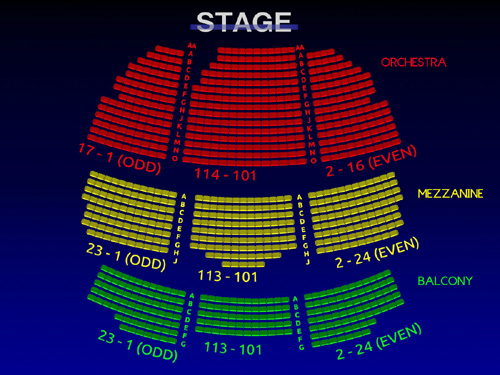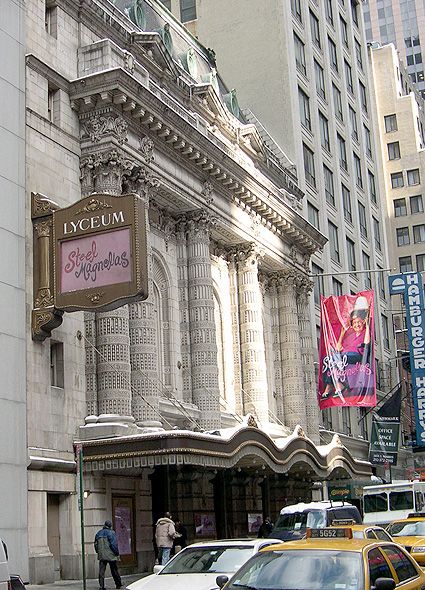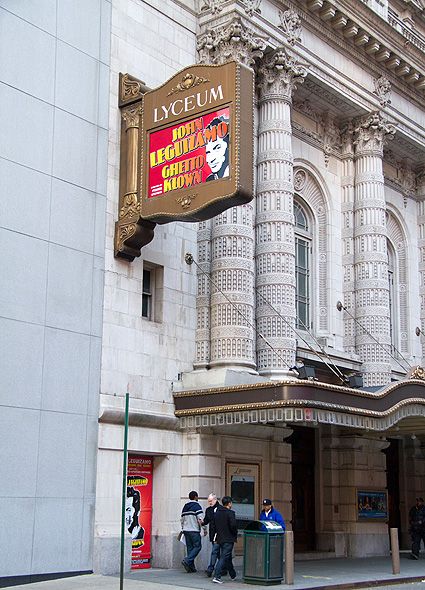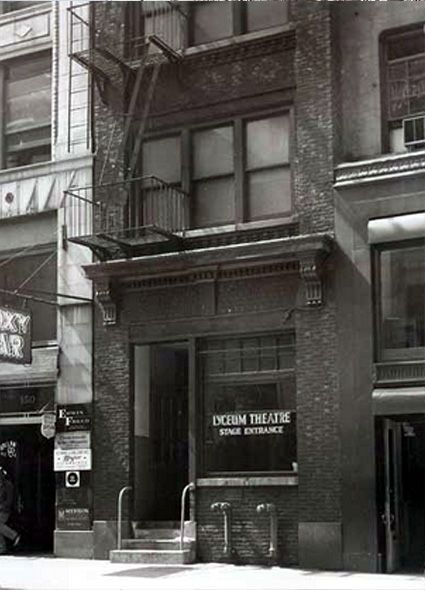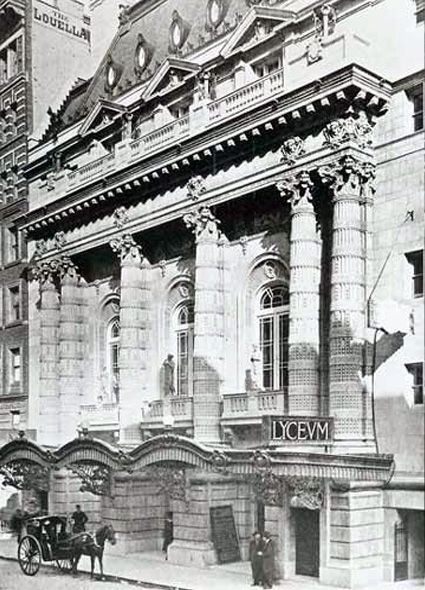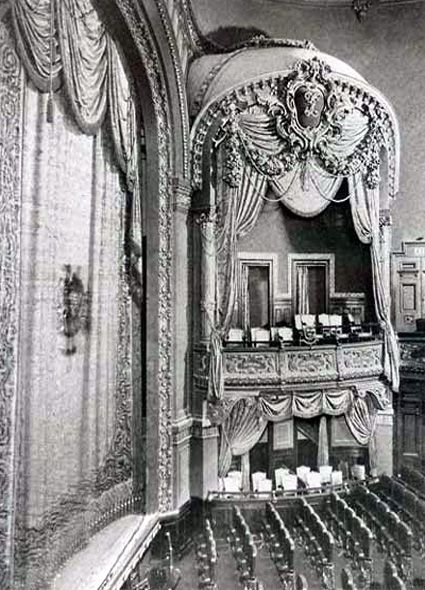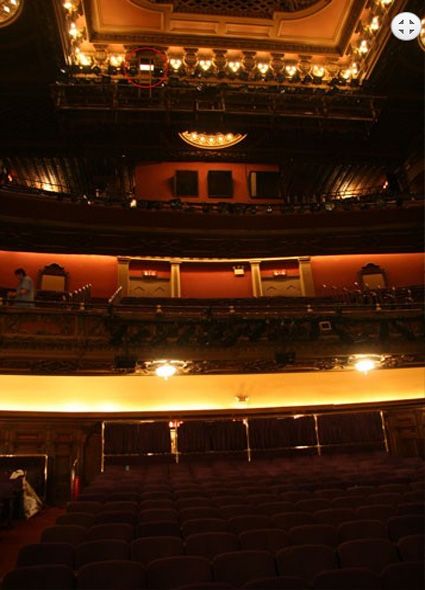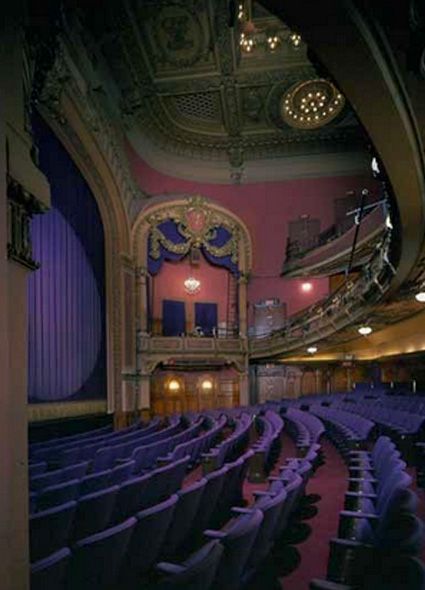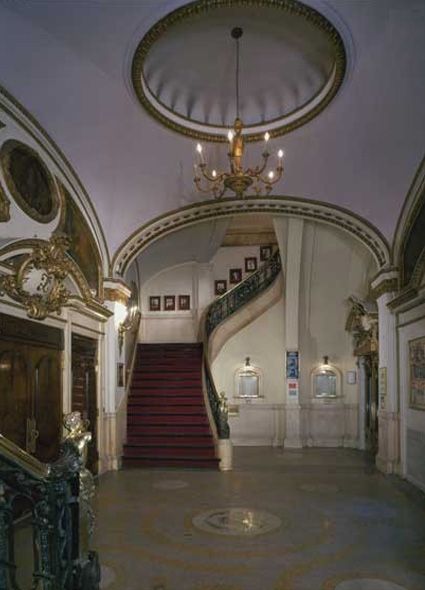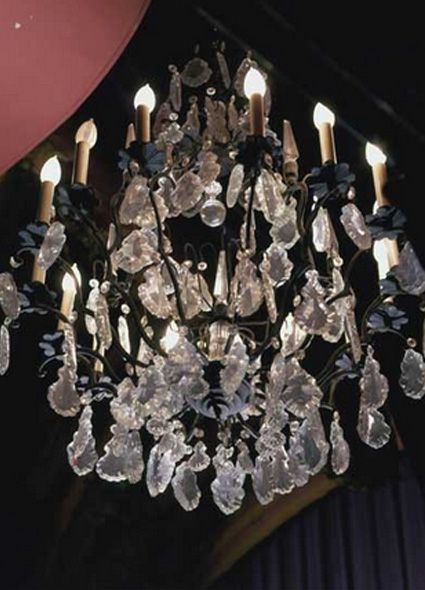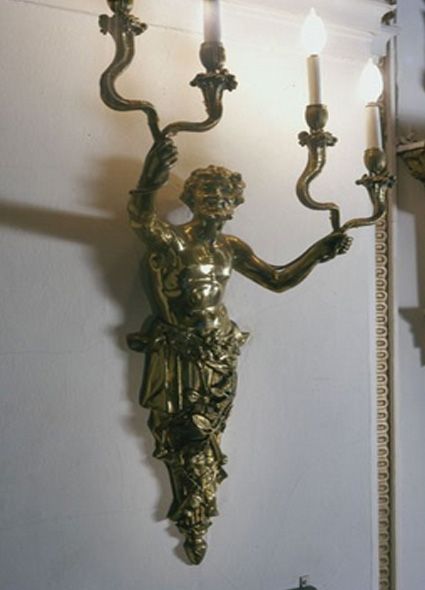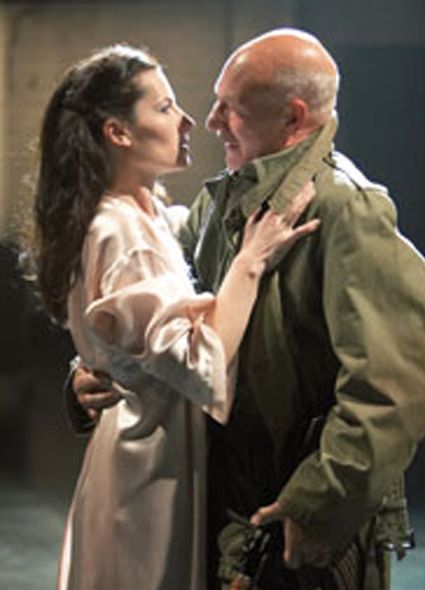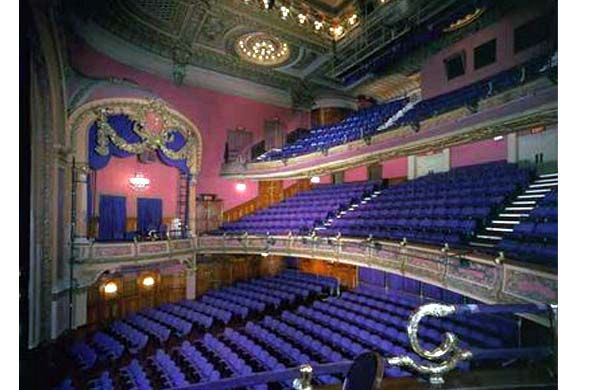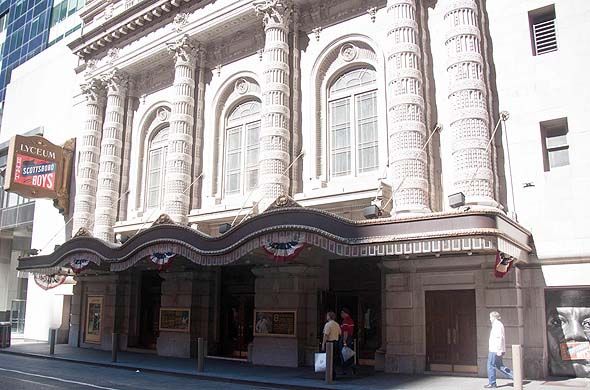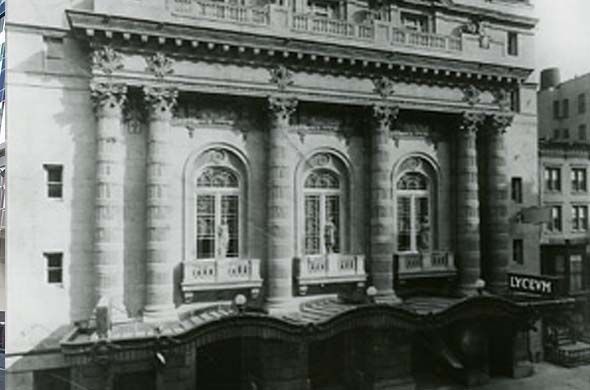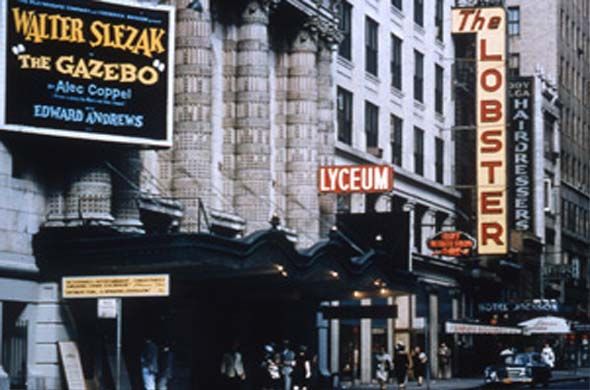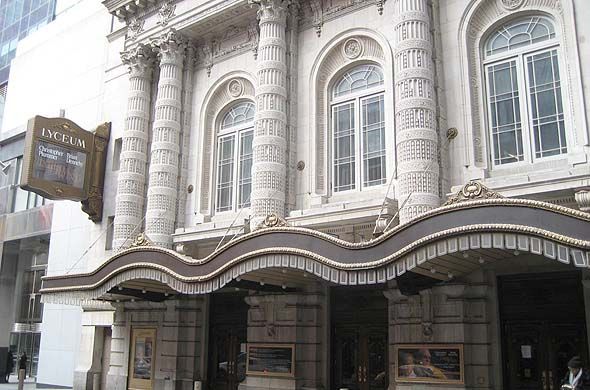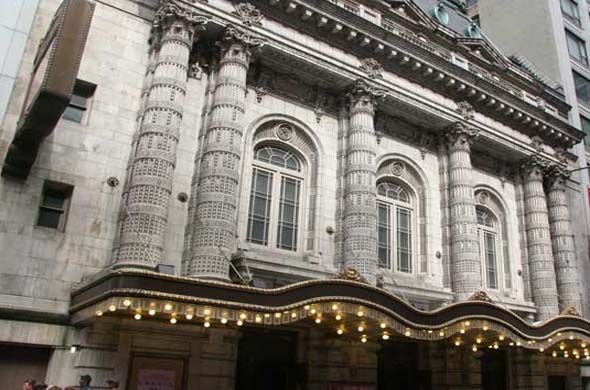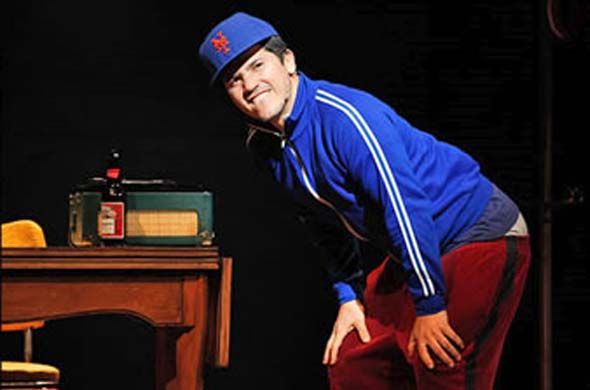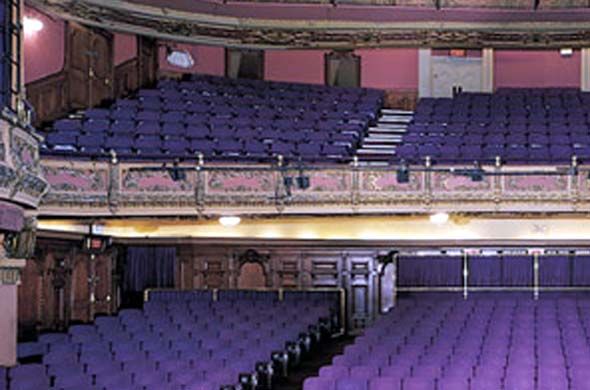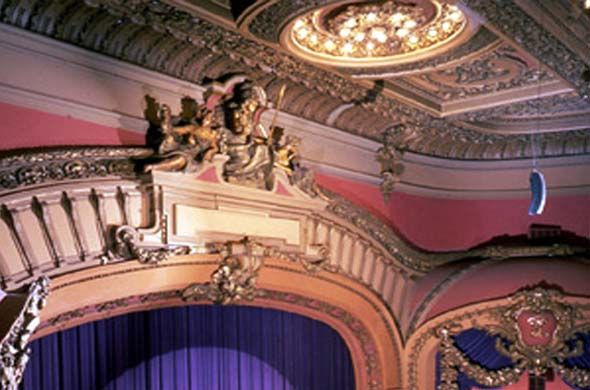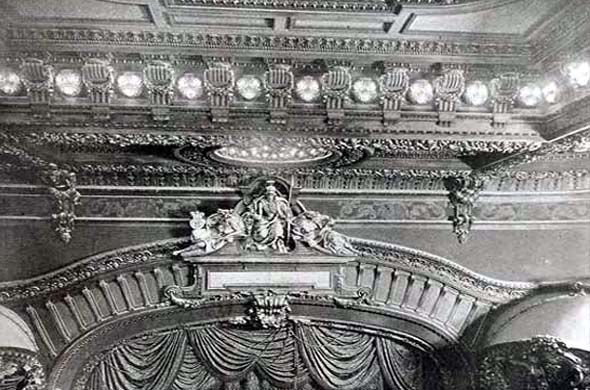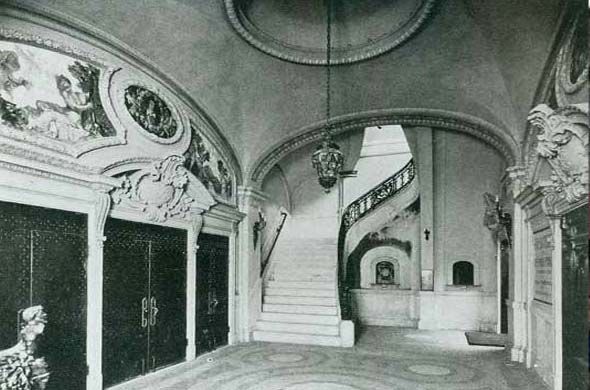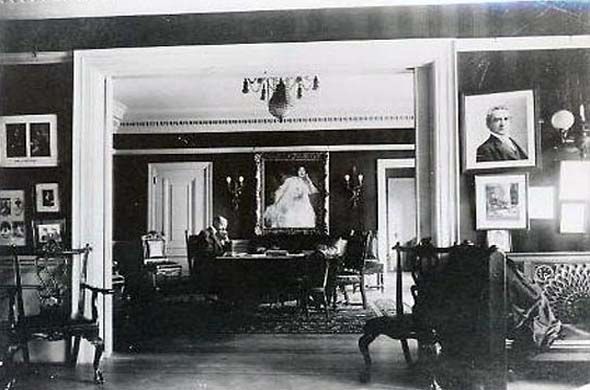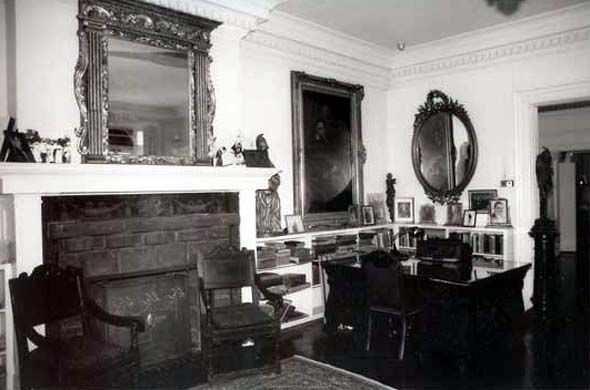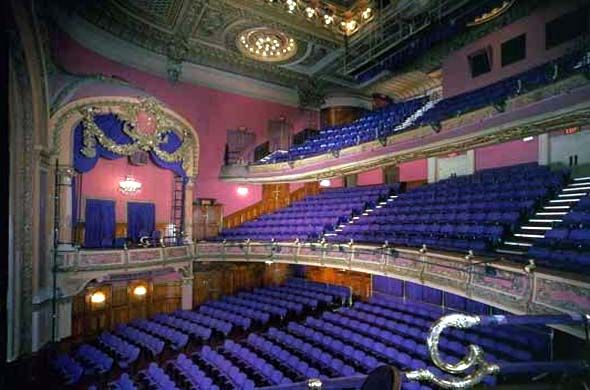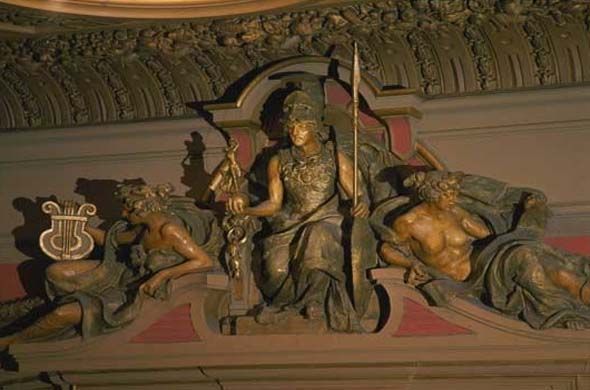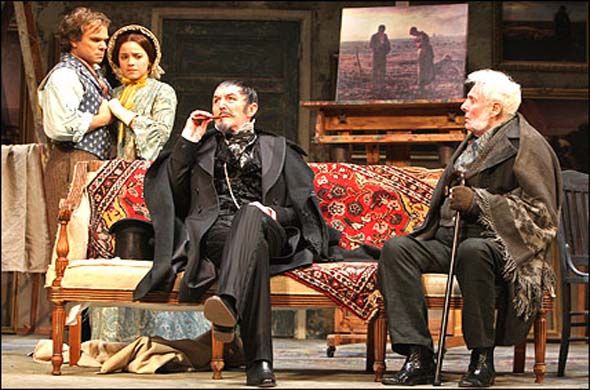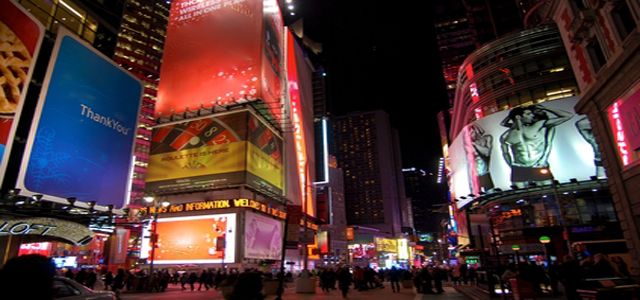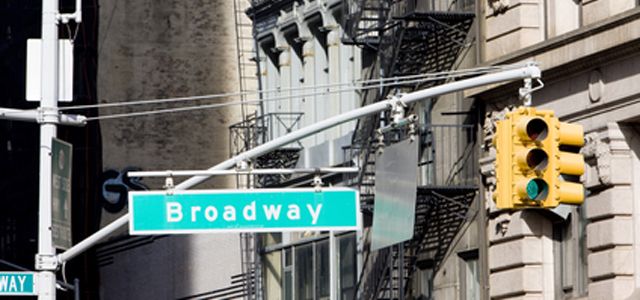The Lyceum Theatre
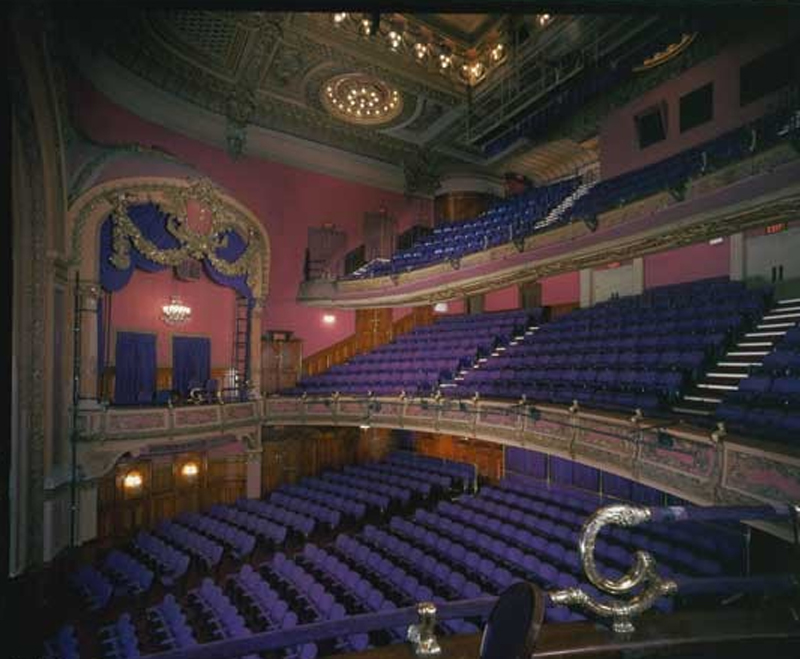 The Lyceum Theatre is the oldest, most consistently functioning legitimate theatre on Broadway and it is one of the few New York theatres that continue to run under its original name. In 1903, producer/manager David Frohman constructed the playhouse to replace his earlier Lyceum that shut down in 1902. The Depression took its toll on the Lyceum, and in the 1930s, Frohman was threatened with eviction. In 1940, it was acquired by a company of producers that included George S. Kaufman and Moss Hart. The Shuberts have been managing the venue since 1950.
The Lyceum Theatre is the oldest, most consistently functioning legitimate theatre on Broadway and it is one of the few New York theatres that continue to run under its original name. In 1903, producer/manager David Frohman constructed the playhouse to replace his earlier Lyceum that shut down in 1902. The Depression took its toll on the Lyceum, and in the 1930s, Frohman was threatened with eviction. In 1940, it was acquired by a company of producers that included George S. Kaufman and Moss Hart. The Shuberts have been managing the venue since 1950.
Musicals, Dramas, Comedies
The Lyceum opened with The Proud Prince in 1903. Other notable shows during this time include The Other Girl (1904) featuring Lionel Barrymore, Charles Klein’s The Lion and the Mouse (1905), A Doll’s House (1906) starring Ethel Barrymore, and The Thief (1907) featuring Margaret Illington. Luminaries who have performed at the Lyceum during its early years include Fanny Brice, Humphrey Bogart, and Bette Davis. Sacha Guitry’s romantic comedy The Grand Duke opened in November 1921, starring Lina Abarbanell.
In the 1940s and 1950s, Born Yesterday (1946) propelled Judy Holliday’s career towards stardom and was the theatre’s most successful production. Other noteworthy shows during this period include Clifford Odets’s The Country Girl (1950) with Uta Hagen, A Hatful of Rain (1955) starring Shelley Winters, The Happiest Millionaire (1956) with Walter Pidgeon, John Osborne’s Look Back in Anger (1957) starring Alan Bates, Shelagh Delaney’s A Taste of Honey (1960) featuring Angela Lansbury and Joan Plowright, and Harold Pinter’s The Caretaker (1961) with Alan Bates, Robert Shaw, and Donald Pleasance.
Numerous repertory companies have staged productions at the theatre, including the Lincoln Theatre with its production of Rose in 2000 featuring Olympia Dukakis. Over the years, there have been premieres of new plays, including Athol Fugard’s Master Harold…and the Boys (1982) with Danny Glover. The noteworthy production in 2007 of Inherit the Wind was housed at the Lyceum.
A Tour of the Lyceum
Architects Herts and Tallant designed the Lyceum Theatre in the Beaux Arts style. The theatre possesses a fine-looking gray limestone exterior with six opulent Corinthian columns. The lobby displays two majestic marble staircases that go up to the mezzanine. When it opened, the theatre featured a modern ventilation system.
David Frohman built an apartment for himself above the theatre, which included a small hidden window that offered a view of the stage below. Frohman used this window to oversee rehearsals and to telephone directions to his stage manager below. Rumor has it that Frohman would tell his wife, actress Margaret Illington, that she was overacting by waving a handkerchief out the window.
The Shubert Archive currently occupies the apartment. With a seating capacity of only 950, the Lyceum is one of the smallest Broadway theatres, despite the fact it has three levels. One of the unique features of the playhouse is a ten-story tower in the back that includes a carpentry shop, wardrobe departments, painting and scene-work studios, and extra dressing rooms. The auditorium is wide, and so seats are closer to the stage, creating a more intimate atmosphere. The house does not include any posts, allowing all patrons an unblocked view of the stage.
A Small-Cast Venue
The Lyceum Theatre has presented numerous new plays, revivals, and repertory companies over the years. Although it is one of the smallest and oldest theatres on Broadway, the Lyceum has found its niche as a venue for small-cast musicals, dramas, and comedies, including the musical [title of show], Neil LaBute’s Reasons to Be Pretty, and Kander and Ebb’s The Scottsboro Boys.

